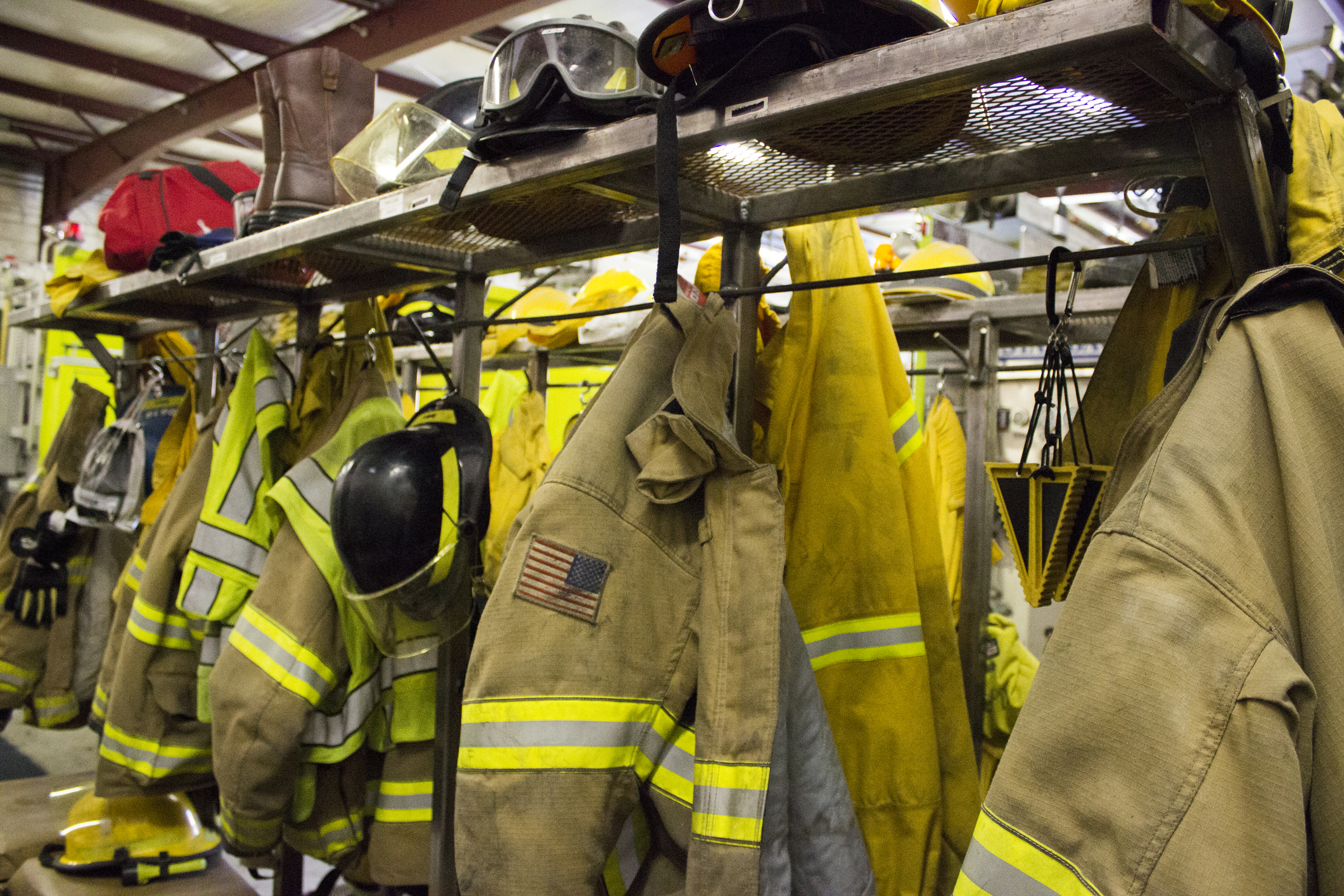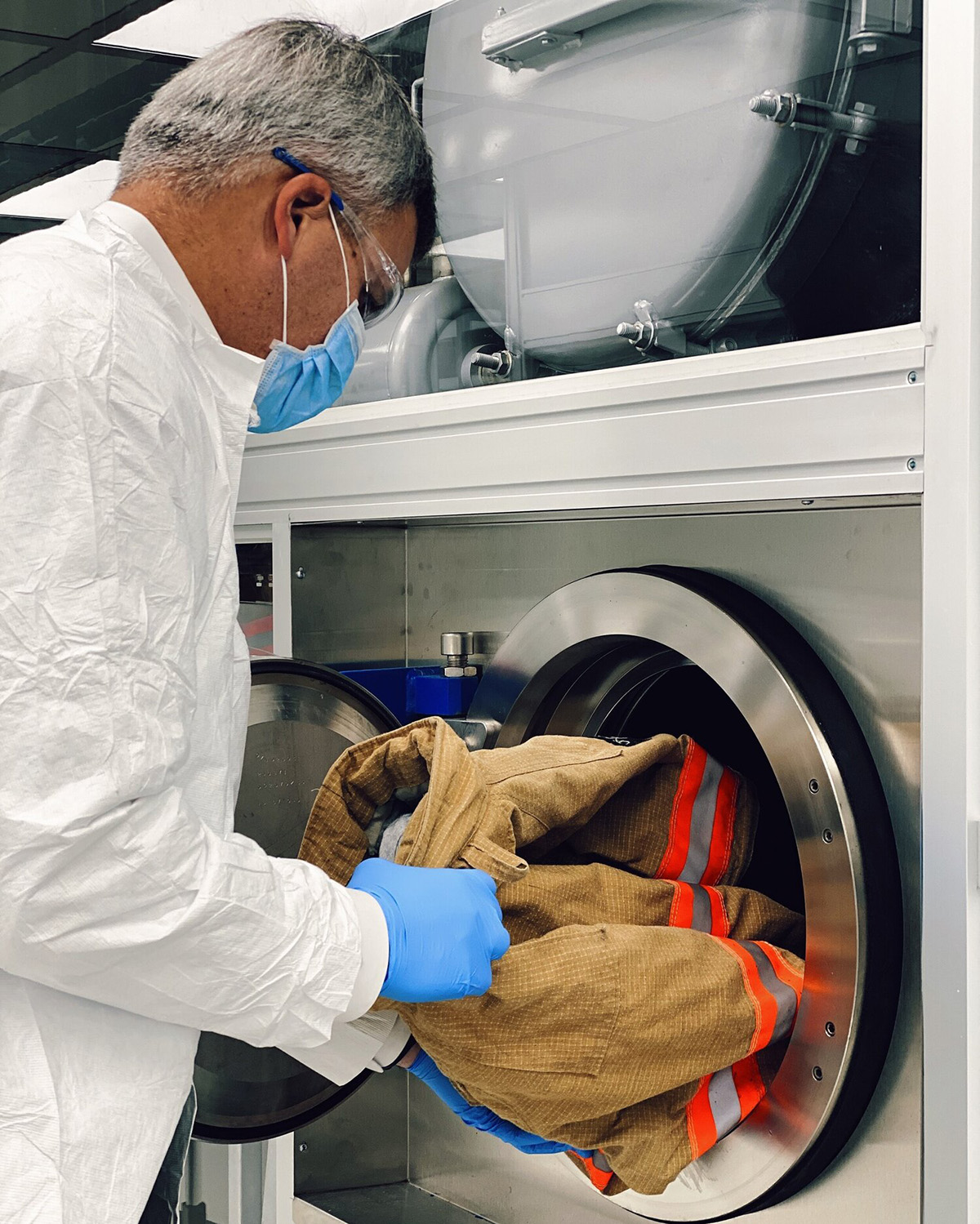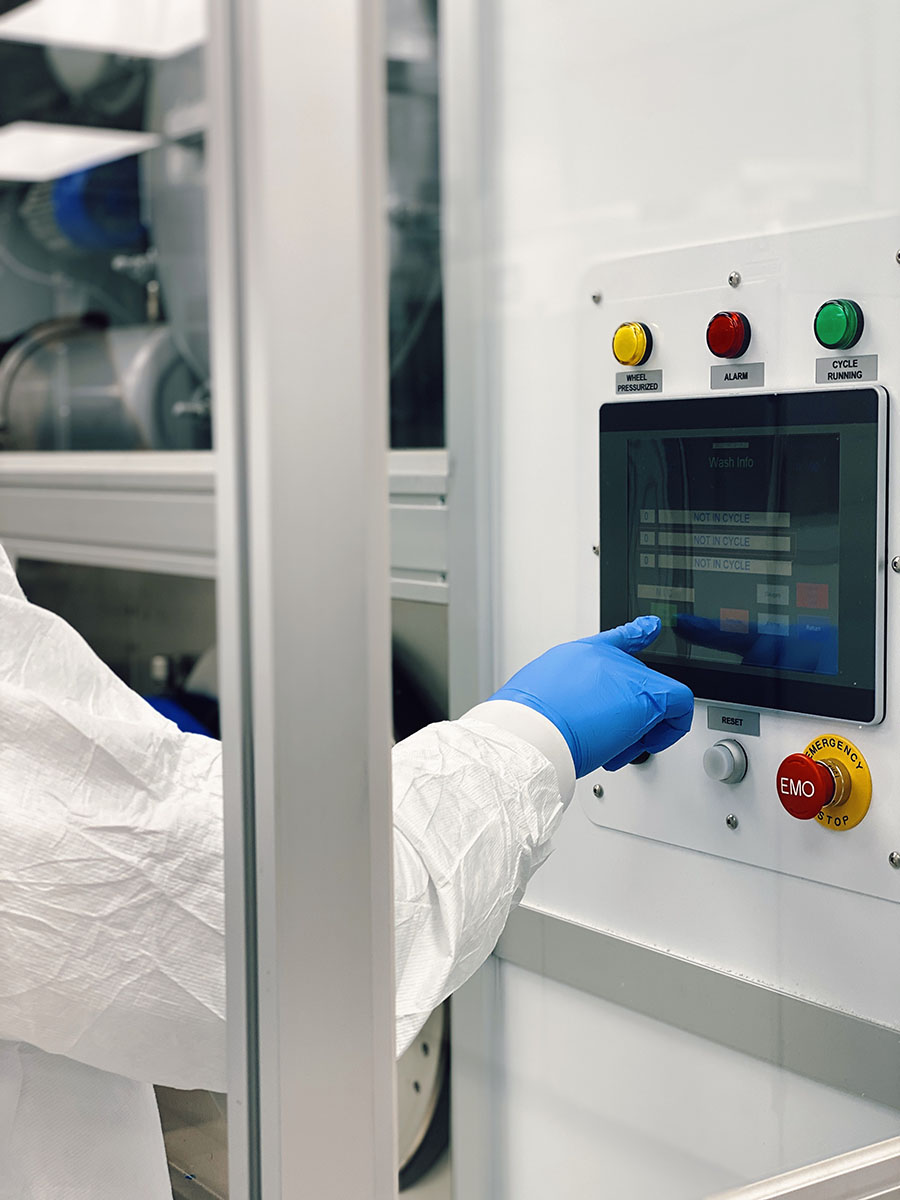By: Emergency Technical Decon Team
For decades, turnout gear has served as the front line of defense for firefighters. Designed to shield against heat, flame, and hazardous environments, PPE has saved countless lives. But a growing body of research has revealed a troubling paradox: the very gear meant to protect firefighters may also be contributing to long-term health risks—especially when it comes to toxic chemical exposure.
As awareness around PFAS, PAHs, brominated flame retardants, and heavy metals increases, so does the urgency to answer one critical question: can turnout gear ever be completely free of toxins?
The Root of the Problem: What’s in the Gear?
Modern turnout gear is engineered to be durable, heat-resistant, and water-repellent—qualities often achieved by coating materials with per- and polyfluoroalkyl substances (PFAS). While PFAS enhance protection, they also introduce risks, including links to cancer, endocrine disruption, and immune system suppression. In addition to PFAS, gear absorbs dangerous substances like PAHs, brominated fire retardants (BFRs), and heavy metals during firefighting operations. These chemicals don’t just sit on the surface—they bond with fabric fibers and remain embedded even after traditional cleaning.
During this year’s NFPA PPE Workshop, researchers from Duke and NC State revealed troubling findings: new PFAS-free gear may absorb more atmospheric PFAS during fire responses than older gear did. As fires aerosolize chemical-laden furnishings and building materials, smoke becomes a direct pathway for these toxins to penetrate even the newest “clean” gear. One startling moment during the discussion revealed that non-PFAS gear may inadvertently be more permeable to PFAS in fireground conditions than the chemically coated fabrics it replaces.
The Innovation Race: New Materials & Emerging Alternatives
In response to increasing regulatory and health pressures, some manufacturers and textile developers are racing to produce turnout gear that minimizes or eliminates toxic elements. Promising developments include:
PFAS-Free Outer Shells and Moisture Barriers
New fabrics are being developed without fluorinated coatings. However, early field tests indicate trade-offs in breathability and water resistance, raising concerns about performance under real-world conditions.
Wool-Based Base Layers
Companies like Armadillo Merino are pushing for natural, flame-resistant options. Wool is inherently fire-resistant, breathable and doesn’t require chemical additives—making it an appealing alternative for base layers.
Smart Textiles
Some manufacturers are exploring sensor-embedded gear that monitors heat, toxin levels, and physical wear in real-time. While still early-stage, these technologies could transform firefighter situational awareness and gear tracking.
Why Toxin-Free Gear Still Isn’t a Reality
Despite innovation, completely toxin-free turnout gear remains elusive. Here’s why:
Material Trade-offs
Removing PFAS and other chemicals can make gear more susceptible to flammability, oil absorption, and faster breakdown. According to the workshop discussions, PFAS-free materials are now absorbing more petroleum products on scene—raising questions about flammability under certain conditions.
Performance Challenges
New materials must still meet stringent NFPA 1971 and upcoming 1970 performance standards, including thermal protection, tear resistance, and moisture management. Without chemical treatments, achieving these benchmarks is complex.
Contamination After Use
Even if gear is manufactured clean, fire ground exposure reintroduces toxins instantly. If not properly decontaminated, clean gear can become heavily saturated with contaminants within one month of deployment.
The Real Cost of Poorly Maintained Gear
Another concern? The durability of new materials. Departments testing newer, PFAS-free gear have reported that maintenance costs have tripled, and the expected service life is cut in half compared to traditional gear. Many departments previously saw seven years of service life but are now replacing gear after just three to four years due to fabric breakdown. Regular extractor-based cleaning only accelerates this damage, contributing to shorter life cycles and rising costs.
Where ETD Comes In: Supporting Cleaner Gear from Day One
While the industry works toward safer materials, advanced decontamination remains a critical defense. Emergency Technical Decon’s CO2+ Enertia GFx cleaning system is designed to support this transition—regardless of gear material or age.
All without water, detergents, or heat that damage gear integrity. Independent testing and UL durability studies show that gear cleaned with liquid CO2+ retains its protective performance longer, stays cooler, and avoids the core degradation seen with extractor washing.
ETD’s system is also capable of cleaning overlooked components—gloves, hoods, and base layers—helping departments implement a whole-gear approach to firefighter health. In a time when newer gear is more absorbent and less durable, our decontamination technology becomes even more vital.
A Safer Future Starts with Smarter Practices
The fire service is making progress. There’s more research, more awareness, and more collaboration around firefighter health than ever before. But we can’t afford to wait on gear innovation alone.
Ready to protect your crew while extending the life of your gear? Contact ETD today or explore how our liquid CO2+ system can fit into your department’s health and safety program.



